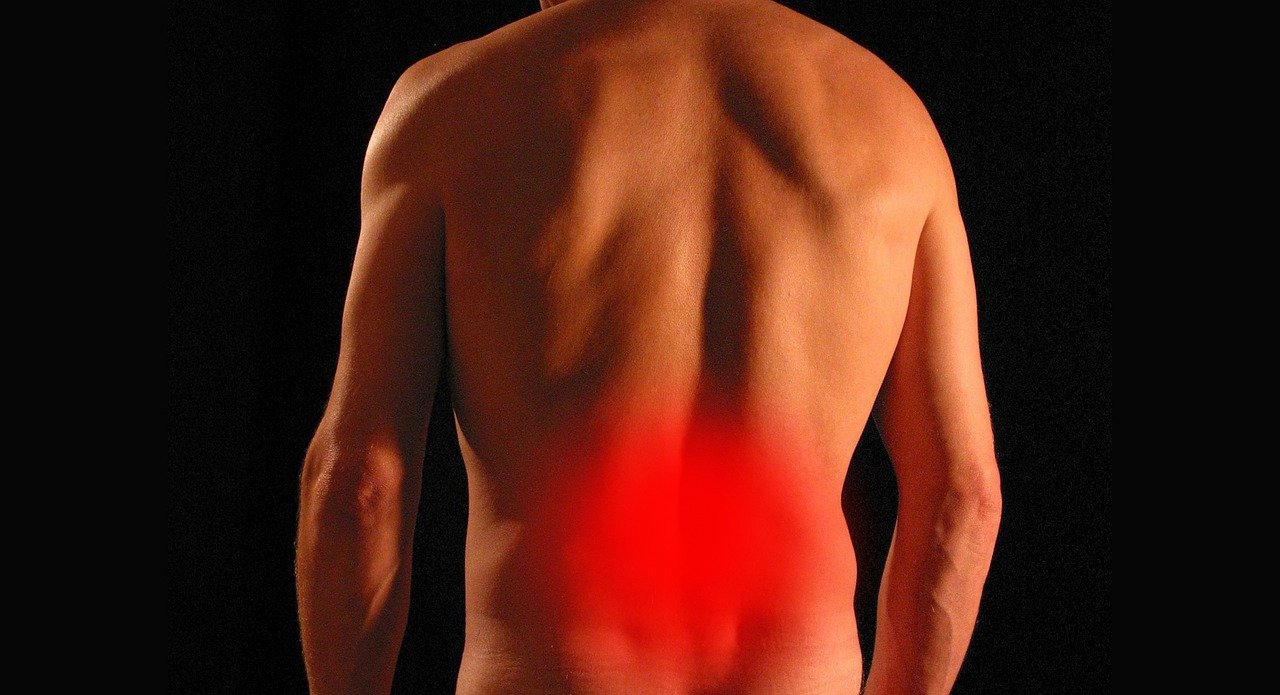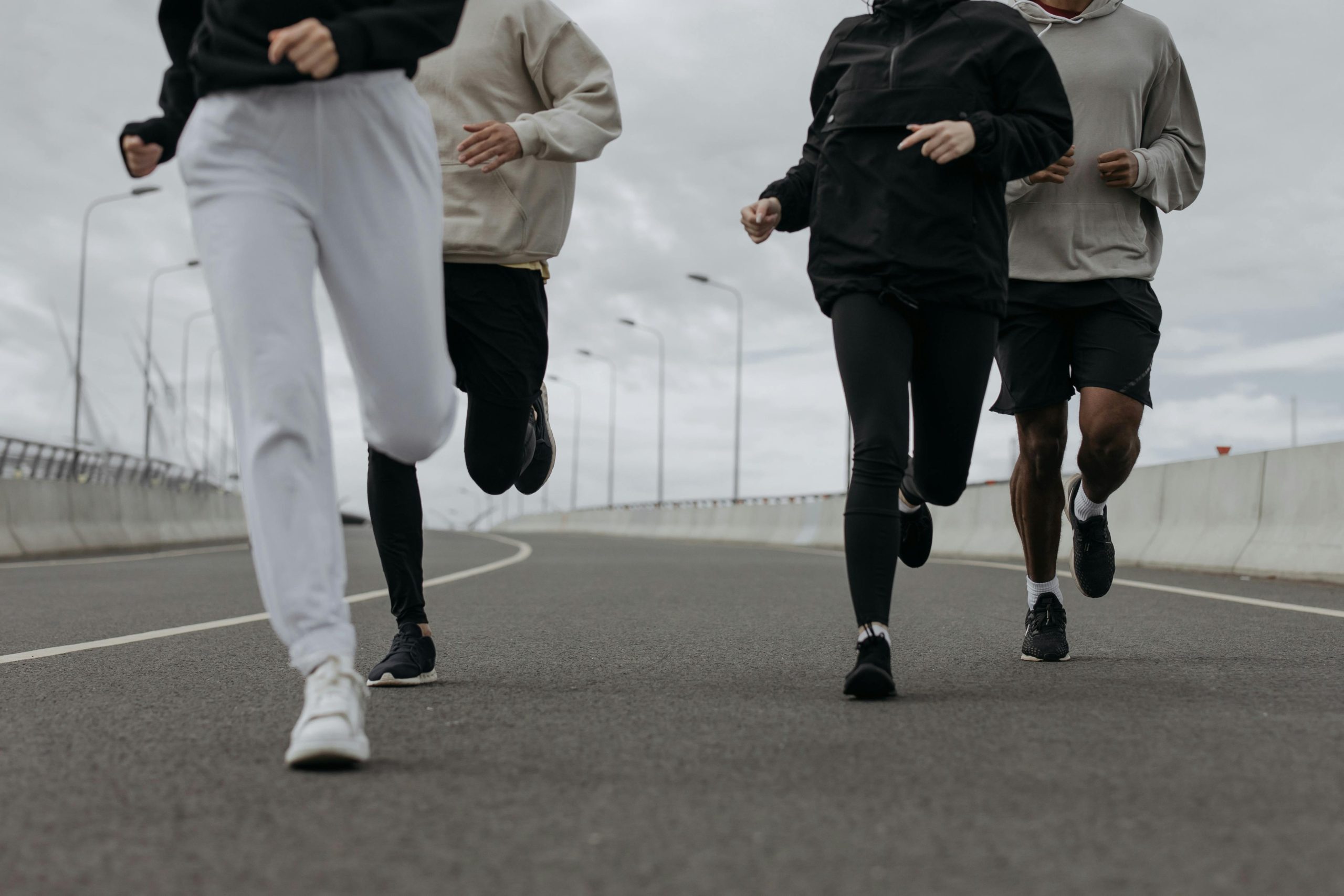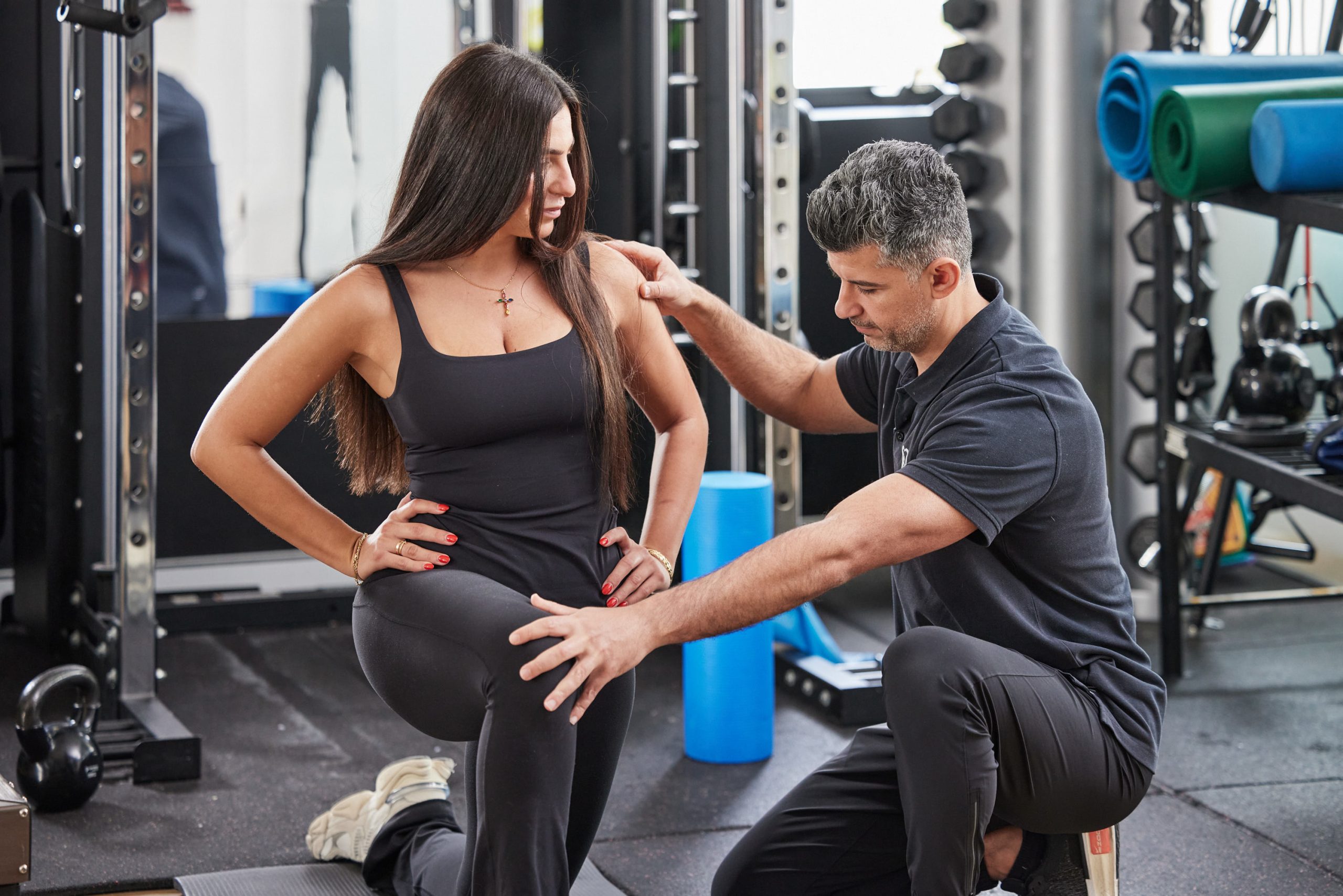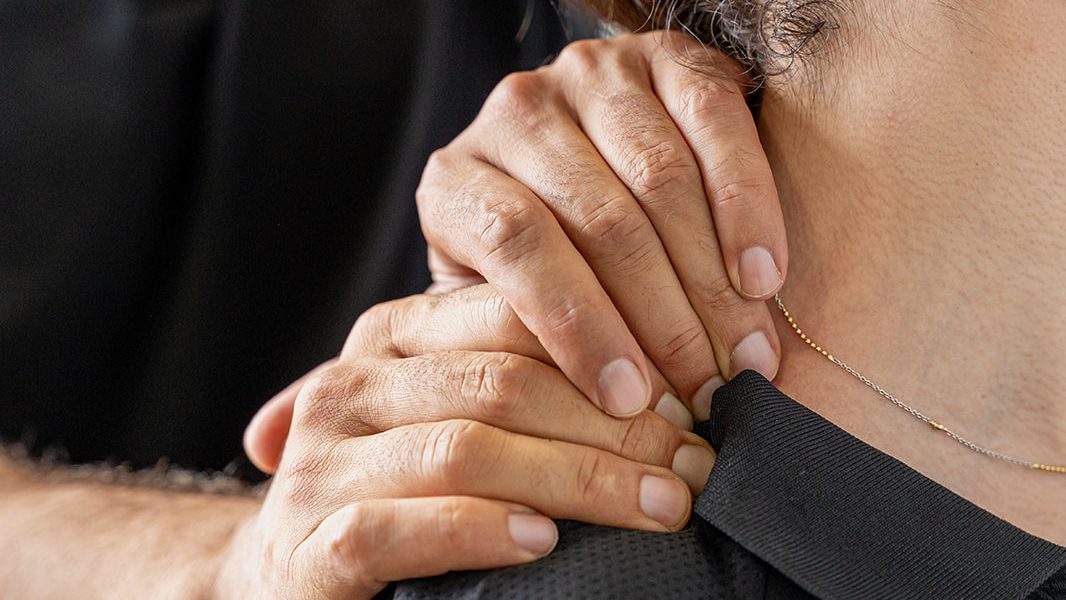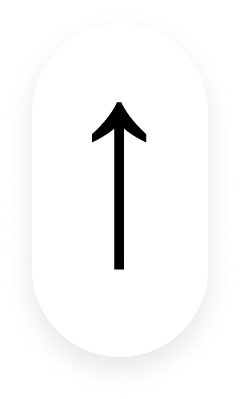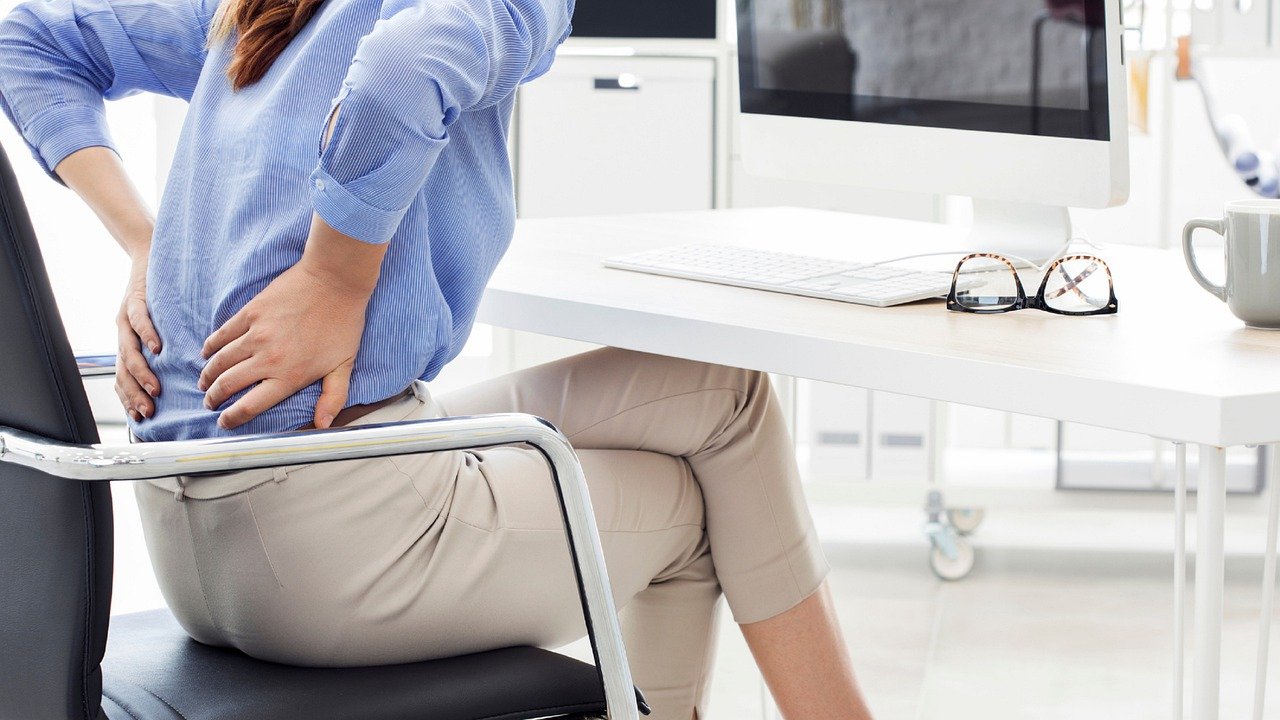
The majority of us will experience an acute episode of lower back pain in our lifetimes. The vast majority of these cases will resolve within a few weeks with the correct management and exercises.
There can be various triggers for the pain, some known, some unknown. Perhaps you recently took a long car journey, or re-arrange the lounge or kitchen. Maybe you decided you wanted to get fit again and hit the gym like you did 10 years ago.
Sometimes the pain can come on for no apparent reason.
Your lumbar spine is made up of 5 strong vertebrae, separated with soft discs that sit between each space and several layers of muscle and soft tissue. All of these structures work together and give your back strength and flexibility, allowing your back to be the strongest part of your body.
Acute lower back pain is usually caused by excess stresses and strains being placed upon these tissues. As your lower back is essential to all movements in your body, pain in this area can often feel more severe than elsewhere.
The natural healing time for these structures is 4-6 weeks, and exercise is a key element to this. You will probably notice a tendency to stiffen up quickly, and immobility will make you stiffer and weaker. So find yourself lying for short periods, sitting for short periods, and walking for short periods. Be a fidget and move every 20 minutes!
As well as exercise and movement, ensuring comfortable efficient positions to sit, sleep and work in is essential to allowing your back to recover from an acute episode of pain.
Our spines have evolved to work best in certain positions. For example, if you sit slumped for long periods your muscles will eventually fatigue and may become uncomfortable, so it is advisable to sit with your upper back supported and a slight arch in your lower back.
More importantly though, remember to get up and move about! Your practitioner may also suggest taking some anti-inflammatories or painkillers to help you through this initial period. This can help to prevent you developing abnormal postures, which may otherwise hinder your recovery. Check with your doctor first, if you are unsure which medications you can take.
Once the initial pain starts to ease a little, you need to increase your movement with gentle exercise. These will be given to you by your practitioner and are often best done little and often throughout the day.
Eventually these exercises need to be progressed to become more challenging and most people will benefit from starting a regular general exercise routine such as running, swimming or cycling.
Related Posts
Whether you’re training for your first 5K or you’re a seasoned marathoner, one truth holds firm: most runners will experience a running injuries at some point in their lives. It’s part of the territory when you’re pushing your body to perform, but with the right knowledge and training approach, you can reduce your risk and […]
As the chill of winter fades and the days grow longer, spring is the perfect time to shake off the winter blues and embrace the great outdoors. Outdoor exercise not only boosts your physical fitness but also enhances your mental well-being, giving you a fresh start with the new season. Whether you’re a seasoned athlete […]
Headaches and migraines are common ailments that can significantly impact our quality of life. While many reach for medication, physiotherapy can offer a holistic approach to treating and managing these conditions. Today, we will explore how physiotherapy can help reduce the frequency and intensity of headaches and migraines, as well as providing long-term relief and […]
